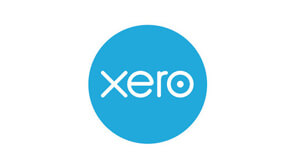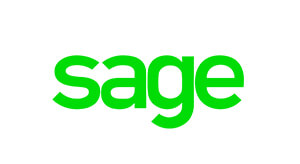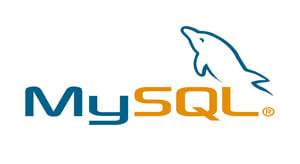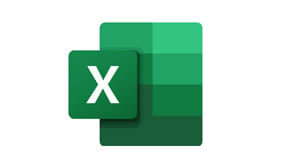Regardless of your financial background, having a solid grasp of your company’s financial health is important.
Fortunately, there are two key reports that offer paint clear picture of the financial health of your business: the profit and loss statement (P&L) and the balance sheet. Having a grasp on these two reports will allow you to make informed decisions about your business strategy, resource allocation, and future goals.
Profit and Loss Statement (P&L)
The P&L, also known as the income statement, summarises your business activity over a specific period, usually a month, quarter, or year. It breaks down your…
- Revenue: Total income generated from sales of goods or services.
- Cost of Goods Sold (COGS): Direct costs associated with producing or acquiring the goods you sell.
- Gross Profit: Revenue minus COGS, indicating the initial profit before accounting for operating expenses.
- Operating Expenses: Indirect costs associated with running your business, like rent, salaries, and marketing.
- Operating Profit: Gross profit minus operating expenses, reflecting your core business profitability.
- Non-Operating Items: Income or expenses not related to your core business activities (e.g., interest earned/paid, asset sales).
- Net Profit (Loss): The final figure after subtracting all expenses from revenue, indicating your overall profitability for the period.
Understanding your P&L empowers you to assess your overall profitability, pinpointing areas to boost revenue or cut costs and improve your bottom line. Analysing trends in revenue, expenses, and profitability over time helps you identify areas of growth and opportunities for improvement. Additionally, by understanding past performance, you can set realistic budgets for future periods, ensuring your financial planning aligns with your business goals.
The Balance Sheet
Unlike the P&L, the balance sheet provides a snapshot of your company’s financial position on a specific date. It presents three key elements:
Assets: Everything your business owns and has value, including cash, inventory, equipment, and property.
Liabilities: What your business owes to others, including loans, accounts payable, and taxes payable.
Shareholders’ Equity: The difference between assets and liabilities, representing the owners’ investment in the business and its retained earnings.
A healthy balance sheet shows…
Sufficient assets to cover liabilities which indicates your ability to meet your financial obligations. As well as positive shareholders’ equity, which reflects the value you’ve created for the business owners.
Understanding your balance sheet
A balance sheet provides a window into your overall financial well-being. By analysing your balance sheet, you can assess your ability to meet current financial obligations like bills and payables, indicating your short-term financial health. Additionally, the balance sheet helps you gauge your long-term solvency, meaning your ability to meet future debt obligations. This understanding of your debt position, including current levels and future borrowing needs, will provide the information you need to make informed decisions about borrowing and repayments, ensuring sustainable financial growth for your business.
While the profit and loss statement and balance sheet offer valuable insights, they are just the foundation of understanding your business’s financial health. Consulting with a qualified bookkeeper unlocks a deeper level of analysis, providing tailored advice specific to your unique circumstances. At Momentum Bookkeeping, with our years of experience, we can help you interpret and leverage these reports to make informed decisions that propel your business forward. Don’t hesitate to contact us today to learn how we can help.

Momentum Bookkeeping Ltd
Mentieth House, 29 Park Circus, Glasgow, G3 6AP
Call. 0141 375 1240
Email. info@mvbooks.co.uk





